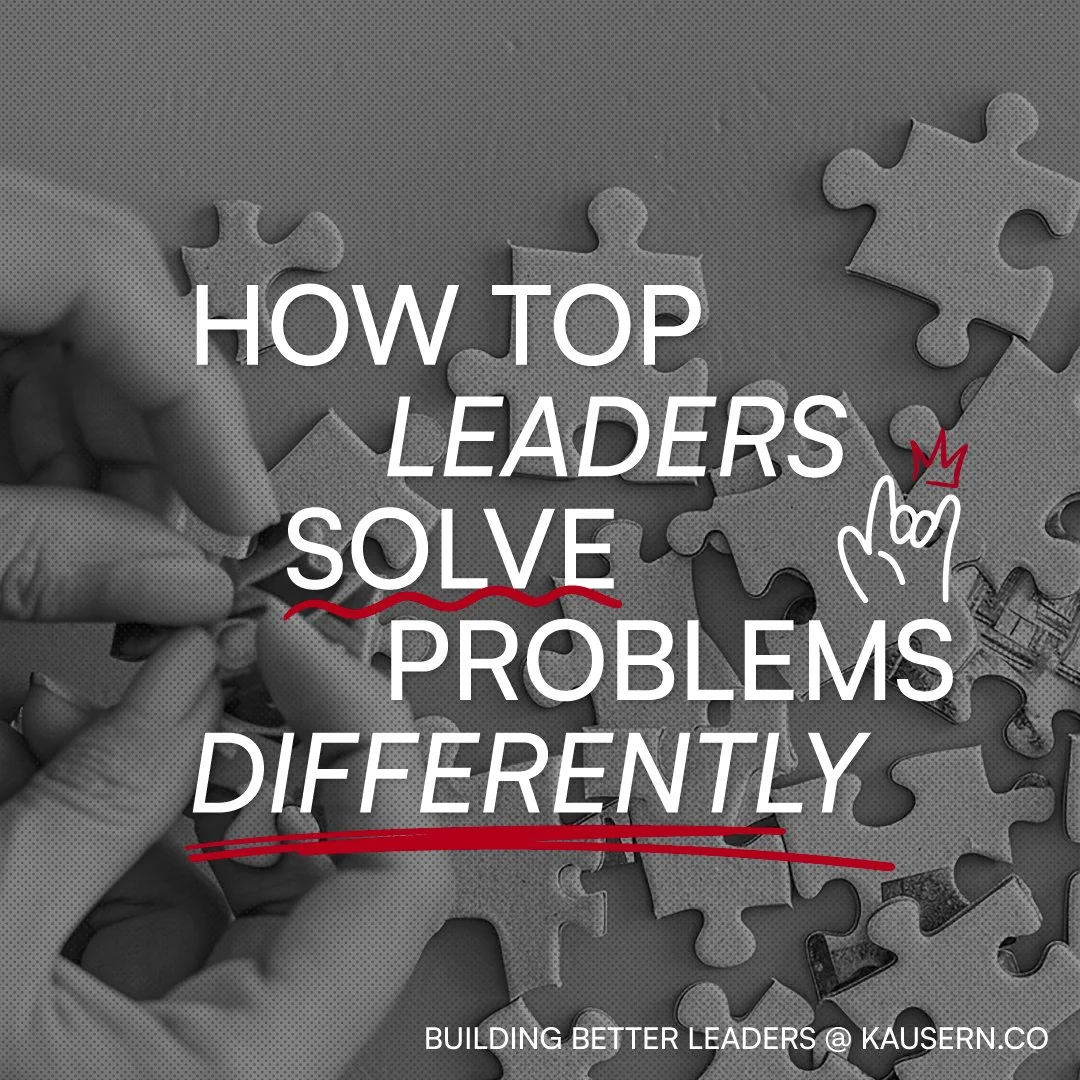How top leaders solve problems differently
In today’s fast-paced and unpredictable VUCA world, problem-solving is a vital leadership skill. Many leaders fail to realize they don't need all the answers.
Effective problem-solving is rarely a one-person task; it thrives on collaboration and empowering others. Great leaders surround themselves with diverse team members, leveraging their varied perspectives to address challenges.
A key to unlocking a team's collective wisdom is recognizing that people are like icebergs:
> What’s visible — actions, words, and body language
> What lies beneath — thoughts, beliefs, values, and aspirations.
Leaders who jump to conclusions or provide quick solutions risk:
> Undermining trust and autonomy: unintentionally sending the message that they don't value and trust their team
> Creating dependency: team becoming reliant on them for direction rather than developing critical thinking and independent problem-solving skills
> Reducing ownership: may lead to team members be less invested in the outcome
> Missing opportunities for innovation: quick solutions often come from existing knowledge, but allowing the team to explore the problem can lead to new, creative solutions that might not have been considered otherwise.
Quick solutions often only address symptoms rather than root causes. Instead of rushing to solve problems, leaders should ask thought-provoking questions that engage team members fully, ie. the full depth of the iceberg - Examples include:
> “Tell me more about the challenge you’re facing.”
> “What potential solutions have you considered?”
> “What would success look like?”
By fostering critical thinking and exploration, leaders not only address immediate issues, but also empower their teams to develop into skilled problem solvers.

